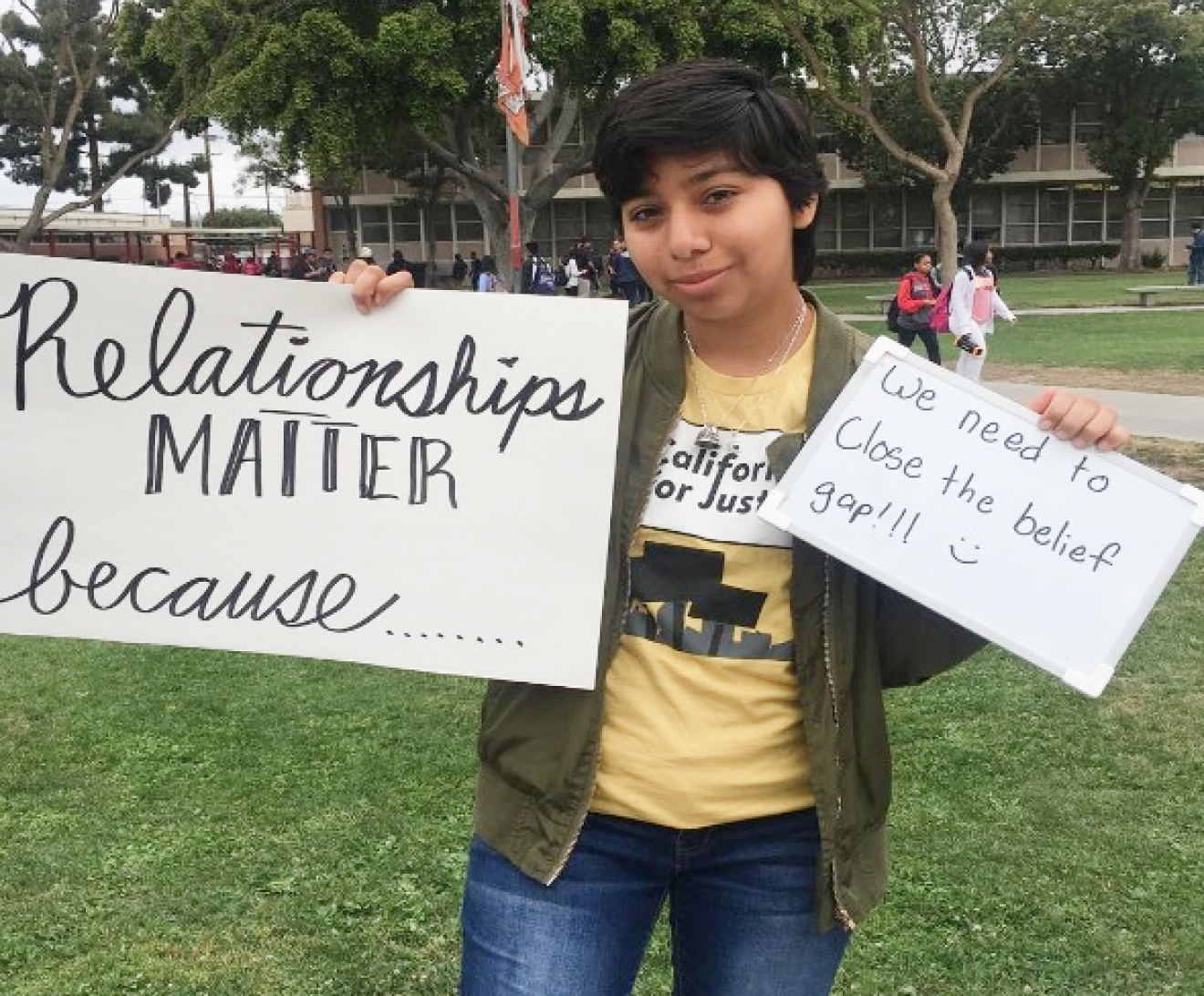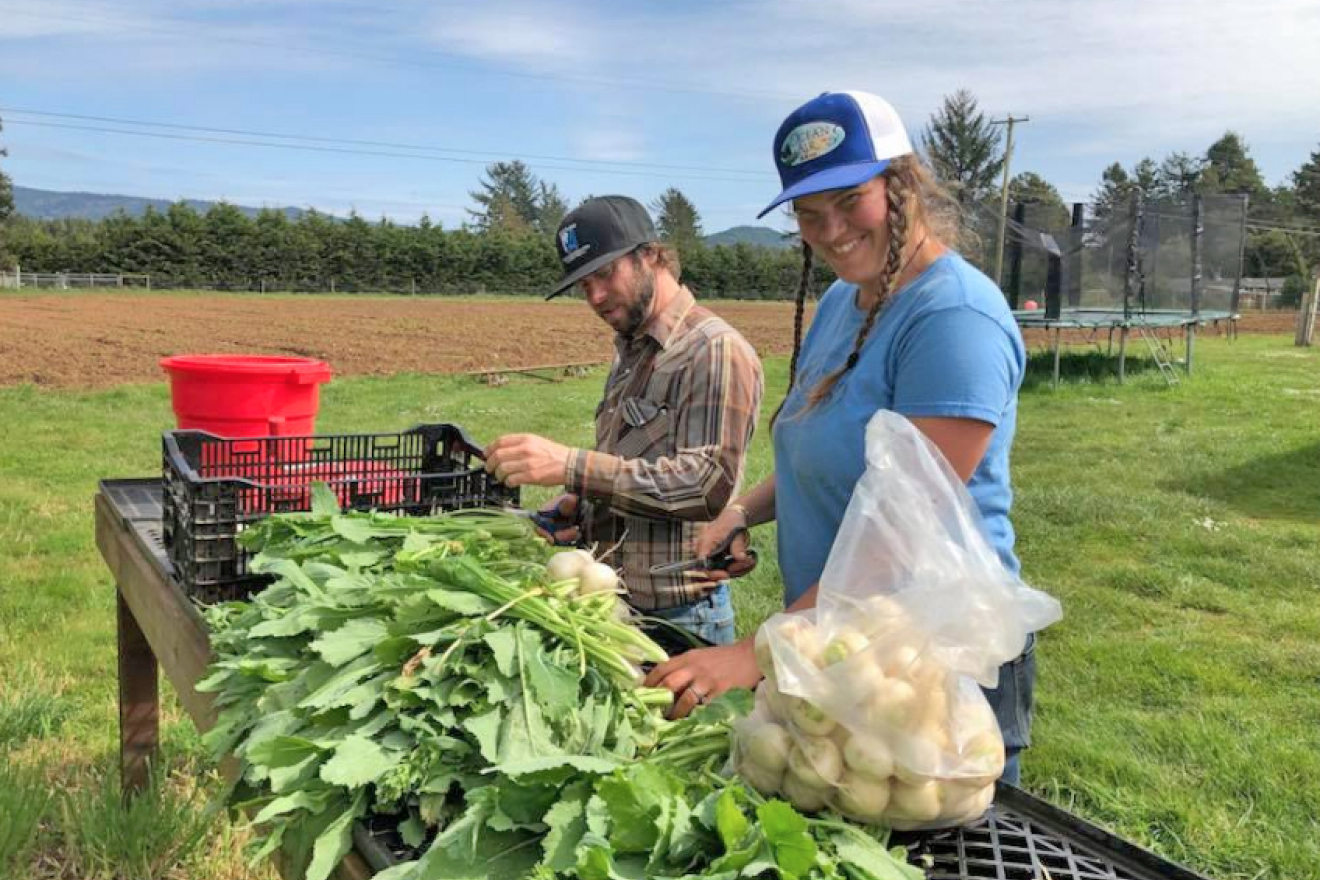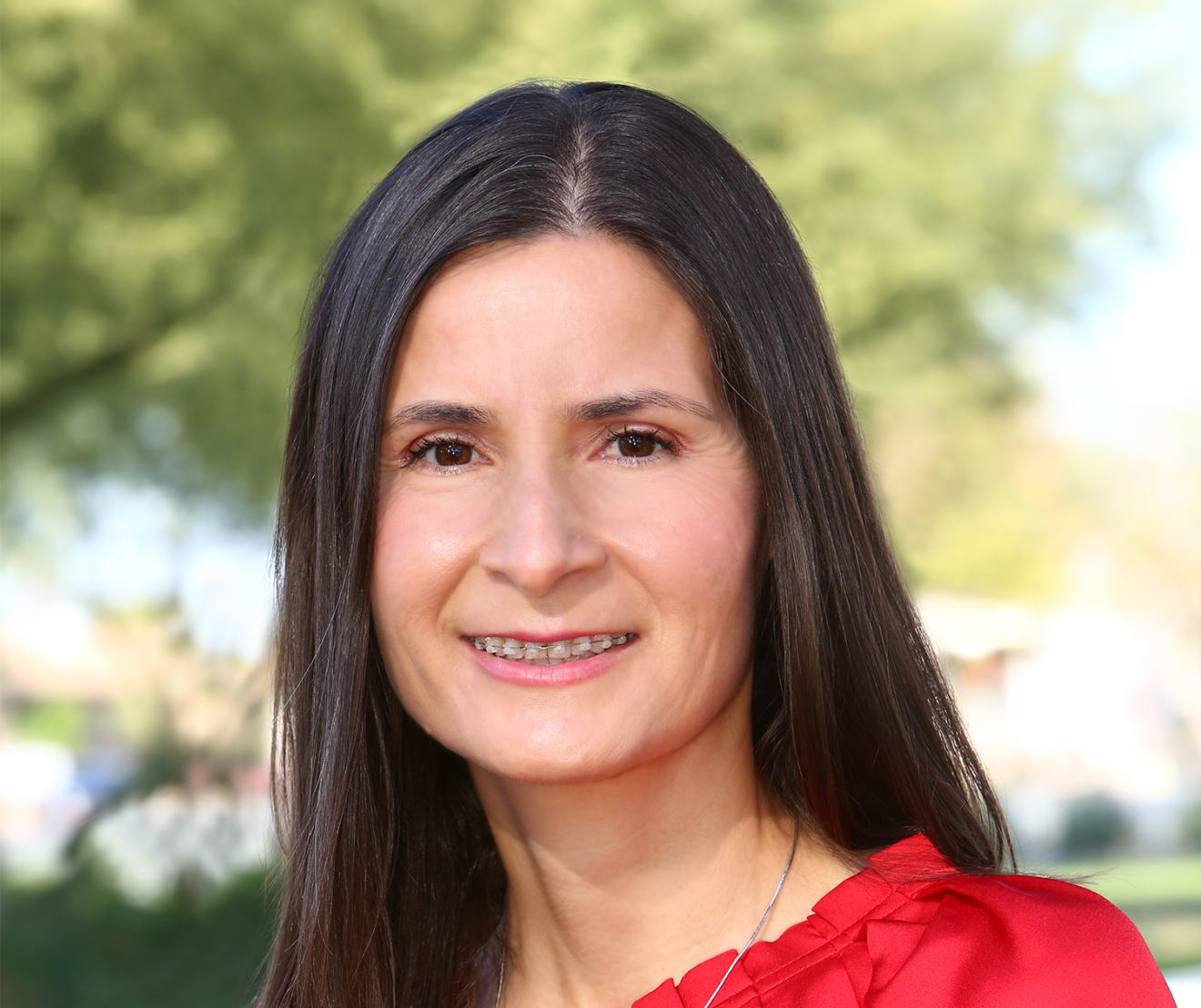Community power and collaborative solutions
In California, Tribal nations, Indigenous people and rural communities of color have spent generations advancing climate justice despite facing systemic racism.
“Tribal nations have been doing this since time immemorial,” says Luis Neuner, senior program officer for Tribal and Indigenous Partnerships at Redwood CORE Hub. Embodying Tribal and cultural knowledge with a deep reverence for the land, an inclusive and transformative vision provides California with a pathway to confront the climate crisis rooted in reciprocity, interconnectedness and inclusivity.
Communities understand that embracing these principles is crucial for the planet, especially for those most affected by a shifting climate. It is through these approaches that California can build resilience against intense and prolonged droughts, extreme heat, wildfires, flooding and other public health impacts.

"It's really inspiring to see all these different groups coming together, fishermen and environmentalists, around the realities of climate change and what is coming towards us."
Luis Neuner
Senior Program Officer
Tribal and Indigenous Partnerships at Redwood CORE Hub
Community organizations are navigating the complexities of working across multiple jurisdictions and powerful economic interests to ensure communities benefit from new industries that come into their regions and ensure they have a voice in decision-making. They are leveraging public, private and philanthropic resources and capital to support efforts that improve conditions for the environment and all living things; uplift the dignity of communities; and fulfill the human right to clean air, water and stewardship of their land for generations to come.
“It’s really inspiring to see all these different groups coming together, fishermen and environmentalists, around the realities of climate change and what is coming towards us,” Neuner says.
Executive Director of Alianza Coachella Valley Silvia Paz says, “The solutions to today’s problems are not going to come from a single sector. We need to center the realities of people, understand where they’re coming from, how they’re being affected and hear creative solutions. Magic happens when people talk to each other.”
"The solutions to today’s problems are not going to come from a single sector. We need to center the realities of people, understand where they’re coming from, how they’re being affected and hear creative solutions. Magic happens when people talk to each other."
Silvia Paz Executive Director, Alianza Coachella Valley

“We live in communities that have been neglected for a long time,” Paz continues. “When we talk about economic justice and climate justice, it’s difficult to un-weave one from the other. Conversations about economic opportunities are embedded in conversations about climate, and the strategies that are being looked at to improve climate resiliency — such as the move from fossil fuels to green-based technologies, and the transition that’s going to happen and the workforce that’s needed.”
Such climate strategies have historically failed to develop meaningful partnerships with people on the front lines, ignoring or exploiting rural and Tribal communities and communities of color in efforts to manage natural resources or develop renewable energy that are profit-oriented at the expense of community and environmental health.
Althea Walker, director of community resilience for Climate Science Alliance, emphasizes the importance of inclusion for Tribal communities in particular, and what that looks like in practice. “It means…allowing other knowledge systems to come to the table, to talk about co-stewardship and [land] management practices. We need relationship-building opportunities to build that trust, to regain that trust, especially when you think about the mistrust and the history of our communities with the U.S. government. Trust-building is needed before we can even talk about co-stewardship and working together closely.”
According to community partners, a key way to overturn traditional power imbalances and champion equitable climate solutions is by supplying communities with consistent, flexible funding.

"When we talk about economic justice and climate justice, it’s difficult to un-weave one from the other. Conversations about economic opportunities are embedded in conversations about climate, and the strategies that are being looked at to improve climate resiliency — such as the move from fossil fuels to green-based technologies, and the transition that’s going to happen and the workforce that’s needed."
Silvia Paz Executive Director, Alianza Coachella Valley
Photo credit: Alianza Coachella Valley“Taking away the burdens of administration from community members is critical to enabling them to grow their capacity and do the work that needs to be done,” Neuner says.
The funding for environmental health and justice is not new for The California Endowment, or many other funders. In 2022, The Endowment invested $20 million into climate resiliency across California through its social bond to support community leadership and power in decision-making. The Endowment will also work to leverage other investments and partners to continue supporting community and tribal leaders.
“Our systems have to operate together to address the complex dynamics of society, the land and our surroundings,” Walker shares. “There’s enough work that needs to be done for all of us to be at the table and find where we all fit in.”
These inspirational and fearless leaders are not working in isolation — but rather across the state and nation to rethink how to bring about climate justice, and who is leading the charge.
